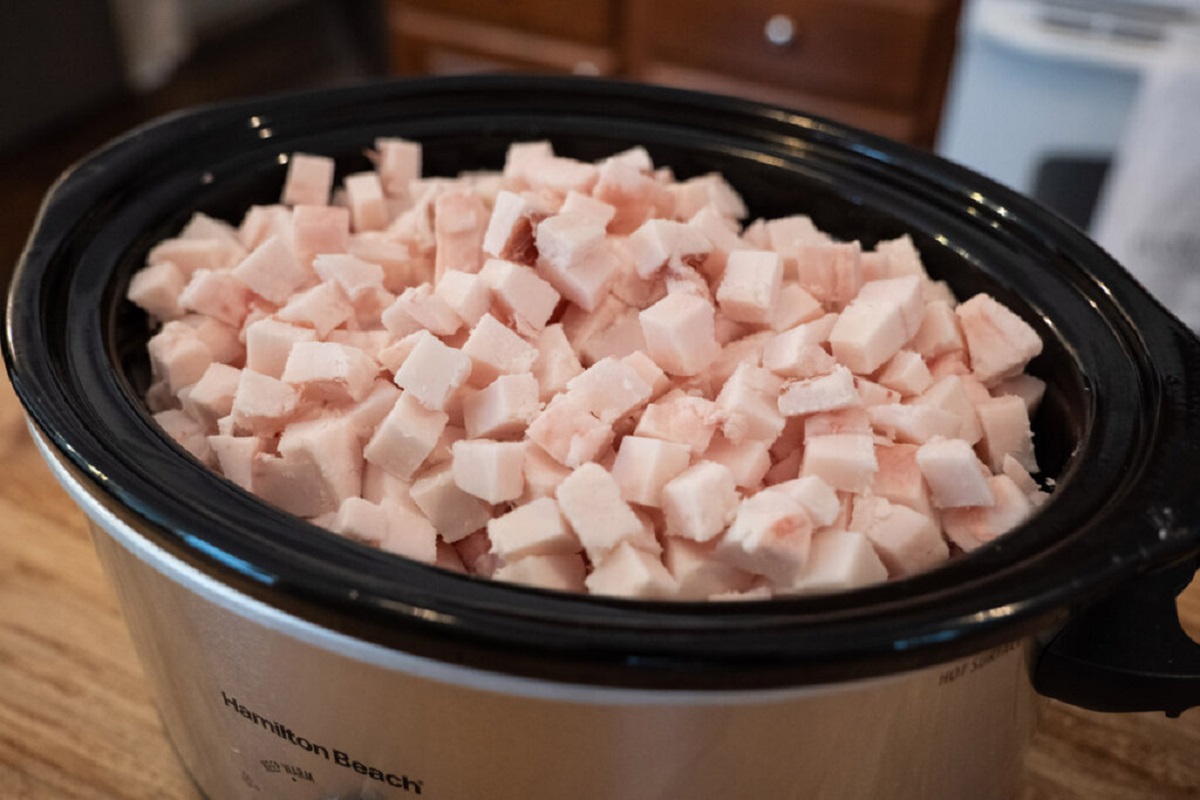

Articles
How To Render Pork Fat In A Slow Cooker
Modified: August 17, 2024
Learn how to render pork fat in a slow cooker with this step-by-step guide. Transform your articles with the rich flavor and versatility of homemade pork fat.
(Many of the links in this article redirect to a specific reviewed product. Your purchase of these products through affiliate links helps to generate commission for Storables.com, at no extra cost. Learn more)
Introduction
Welcome to the world of slow cooking, where flavors meld and aromas fill the air. If you’re a fan of cooking with pork fat, you’re in for a treat. Rendering pork fat in a slow cooker is a simple and hands-off method that yields a golden and flavorful ingredient that can be used in a variety of dishes.
Pork fat, often referred to as lard, is a versatile cooking fat that adds richness and depth to both savory and sweet recipes. It has a high smoke point, which means it can be used for frying, sautéing, and baking without burning. Plus, it imparts a unique flavor that enhances the taste of your dishes.
Using a slow cooker to render pork fat has several advantages. First, it requires minimal effort on your part. Once you’ve set up the slow cooker, you can let it do its magic while you focus on other tasks. Second, the low and slow cooking process ensures that the fat is rendered evenly, resulting in a smooth and silky texture. And finally, the slow cooker seals in the flavors, making the rendered pork fat incredibly delicious.
In this article, we’ll guide you through the process of rendering pork fat in a slow cooker. We’ll discuss the equipment you’ll need, how to choose the right pork fat, the preparation steps, and the slow cooking process. You’ll also learn how to strain and store the rendered pork fat for future use. So, get ready to embark on a flavorful journey and elevate your cooking to new levels!
Key Takeaways:
- Elevate your cooking with golden, flavorful rendered pork fat from a slow cooker. Choose high-quality pork fat, prepare it properly, and enjoy the rich and versatile ingredient in a variety of dishes.
- Transform pork fat into smooth, golden rendered lard with minimal effort using a slow cooker. Experiment with different cuts, flavors, and batch sizes to unlock the full potential of this culinary treasure.
Read more: How To Store Pork Fat
Equipment Needed
Before you start rendering pork fat in a slow cooker, make sure you have the following equipment on hand:
- Slow Cooker: Choose a slow cooker that is large enough to accommodate the amount of pork fat you plan to render. A 6-quart slow cooker is usually sufficient for most home cooks.
- Pork Fat: You’ll need a good amount of pork fat to render. Look for pork fat from reputable sources, such as butcher shops or farmers markets. The quality of the fat will greatly affect the flavor of the rendered lard.
- Knife and Cutting Board: Use a sharp knife and a sturdy cutting board to trim the pork fat into smaller pieces. This will help it render more efficiently.
- Strainer or Cheesecloth: You’ll need a strainer or cheesecloth to separate the rendered fat from any leftover impurities or solid particles.
- Jar or Container: Prepare a jar or airtight container to store the rendered pork fat once it has cooled down. Glass jars or food-grade plastic containers work well for this purpose.
Having these essential tools ready ensures a smooth and efficient rendering process. Now that you have all the equipment, let’s move on to choosing the right pork fat for rendering.
Choosing the Right Pork Fat
When it comes to rendering pork fat, the quality of the fat plays a crucial role in the final flavor and texture of the rendered lard. Here are a few tips to consider when choosing the right pork fat:
- Freshness: Opt for fresh pork fat that hasn’t been frozen for an extended period. Fresh fat will have a better flavor and a higher chance of rendering smoothly.
- Source: Look for pork fat from high-quality sources. Ideally, choose fat from organic, pasture-raised pigs, as they tend to have a more robust flavor and higher fat content.
- Type of Fat: Different parts of the pig will yield different types of fat. Back fat, also known as fatback, is commonly used for rendering as it has a high fat content and a neutral flavor. Leaf lard, which comes from the area around the kidneys, is prized for its exceptional texture and mild taste, making it perfect for baking.
- Trimming: Trim away any excess skin or meat from the pork fat. These can affect the purity of the rendered fat and may cause it to become rancid more quickly.
Remember, the quality of the pork fat will directly impact the taste of the rendered lard. So, choose wisely and opt for the freshest, highest quality fat you can find.
Now that you know how to choose the right pork fat, let’s move on to preparing the pork fat for rendering.
Preparing the Pork Fat
Before you can start rendering pork fat in a slow cooker, it’s important to prepare the fat properly. Follow these steps to ensure a successful rendering process:
- Cut into Smaller Pieces: Using a sharp knife and a sturdy cutting board, cut the pork fat into smaller, uniform pieces. This will help the fat render more efficiently and evenly.
- Remove Excess Skin and Meat: Trim away any excess skin or meat from the pork fat. These can affect the purity of the rendered fat and may cause it to become rancid more quickly.
- Pat Dry: Use paper towels to pat dry the cut pieces of pork fat. Removing excess moisture will prevent splattering during the rendering process.
- Season (Optional): If desired, you can season the pork fat with herbs, spices, or aromatics to add flavor to the rendered lard. Some popular options include garlic, rosemary, thyme, or even chili flakes.
Once you’ve prepared the pork fat, it’s time to set up the slow cooker for the rendering process. Continue reading to learn how.
Setting Up the Slow Cooker
Now that your pork fat is prepared, it’s time to set up your slow cooker for the rendering process. Follow these steps to ensure a successful and hassle-free experience:
- Prepare the Slow Cooker: Start by ensuring that your slow cooker is clean and in good working condition. Check that the heating element is intact and that the settings are functioning properly.
- Grease the Insert: To prevent the pork fat from sticking to the insert, lightly grease it with a neutral cooking oil or cooking spray. This will make it easier to remove the rendered fat later on.
- Add the Pork Fat: Place the prepared pieces of pork fat into the greased slow cooker insert. Arrange them in a single layer, ensuring there is enough space for the fat to render evenly.
- Set the Temperature: Most slow cookers have temperature settings that range from low to high. For rendering pork fat, choose the low setting to ensure a slow and gentle cooking process.
- Set the Timer: Depending on the quantity of pork fat you’re rendering, the process can take several hours to overnight. Set the timer on your slow cooker accordingly.
Once your slow cooker is set up, you can sit back and let it work its magic. The low and slow cooking method will gradually transform the pork fat into delicious, golden rendered lard. In the next section, we’ll dive into the slow cooking process itself.
When rendering pork fat in a slow cooker, make sure to cut the fat into small pieces to ensure even melting and use the low setting to prevent burning.
Slow Cooking the Pork Fat
With the slow cooker set up and the pork fat ready, it’s time to begin the slow cooking process. Follow these steps to ensure that your pork fat is rendered to perfection:
- Cover the Slow Cooker: Place the lid securely on the slow cooker to trap the heat and maintain a steady temperature throughout the cooking process.
- Let It Cook: Allow the pork fat to cook on the low setting for several hours. The exact cooking time will depend on the quantity of fat and the temperature of your slow cooker, but it typically takes anywhere from 6 to 10 hours.
- Avoid Stirring: It’s best to avoid stirring the pork fat during the cooking process. The fat will slowly render and liquefy on its own, and stirring can disturb the process and result in an unevenly rendered product.
- Check for Doneness: After a few hours of cooking, you should start to see the fat liquify and turn golden in color. Check for doneness by pressing a spoon against a piece of fat – if it easily breaks apart and releases liquid fat, it’s ready.
As the pork fat cooks, your kitchen will be filled with a rich and savory aroma. The slow cooking process ensures that the fat renders evenly and gently, resulting in a smooth and silky texture. Once the pork fat is fully rendered, it’s time to strain and store the golden liquid lard. Keep reading to find out how.
Straining and Storing the Rendered Pork Fat
Once the pork fat has been slow cooked and rendered to a golden liquid, it’s time to strain and store the rendered pork fat. This process helps remove any impurities or solid particles, and ensures that the final product is pure and ready for use. Follow these steps:
- Prepare a Strainer or Cheesecloth: Set up a fine-mesh strainer over a heat-resistant container or a large bowl. Alternatively, you can line a strainer with cheesecloth to catch any solids.
- Pour the Rendered Fat: Carefully pour the rendered pork fat into the strainer or cheesecloth-lined strainer. Allow the fat to pass through while the solids remain on top, creating a clear and smooth liquid.
- Discard the Solids: Once the fat has completely strained, discard the solids left in the strainer. These are typically leftover bits of pork fat that did not render completely.
- Transfer to Storage Container: Pour the strained rendered pork fat into a jar or airtight container. Allow it to cool completely before sealing the container. This prevents condensation and extends the shelf life of the fat.
- Store in the Refrigerator: Place the container of rendered pork fat in the refrigerator. It will solidify as it cools, becoming creamy and smooth in texture.
Rendered pork fat can be stored in the refrigerator for up to several months. Make sure to label the container with the date of preparation for reference. Remember, the rendered pork fat can be used in a variety of dishes to add richness and flavor.
Now that you know how to strain and store the rendered pork fat, let’s explore some tips and variations to elevate your cooking.
Tips and Variations
When it comes to rendering pork fat in a slow cooker, here are some tips and variations to enhance your experience:
- Quality Matters: Ensure that you use high-quality pork fat from reputable sources. This will result in a better-tasting rendered lard.
- Flavor Enhancements: Experiment with adding herbs, spices, or aromatics to the pork fat during the rendering process. This can infuse the lard with additional flavors.
- Customize the Cut: Consider different types of pork fat for rendering. For a more neutral flavor, opt for fatback. For a delicate and buttery taste, leaf lard is a great choice.
- Batch Size: Adjust the batch size to accommodate your needs. You can render a small amount for immediate use or a larger batch for future cooking adventures.
- Reuse the Fat: Once you’ve strained and stored the rendered pork fat, remember that it can be used for multiple recipes. From frying and sautéing to baking and roasting, the possibilities are endless.
- Try Different Cuts: Don’t limit yourself to just pork fat. You can experiment with other types of animal fats like beef or duck fat for unique flavors and textures.
- Render in Bulk: If you have a large quantity of pork fat, consider rendering it in bulk and freezing the rendered lard in smaller portions. This way, you’ll always have a supply of delicious fat on hand.
Remember, the process of rendering pork fat in a slow cooker is not only practical but also allows you to explore different flavors and enhance your culinary creations. Enjoy the process and have fun experimenting with different variations!
Now that we’ve covered various tips and variations, let’s conclude our journey into the world of rendering pork fat in a slow cooker.
Conclusion
Rendering pork fat in a slow cooker is a simple and rewarding process that allows you to unlock the rich flavors and versatility of this culinary ingredient. With just a few steps, you can transform pork fat into a smooth and golden liquid known as rendered lard.
By following the steps outlined in this article, you can successfully render pork fat in a slow cooker. Remember to choose high-quality pork fat, prepare it properly, and set up the slow cooker for a low and slow cooking process. Strain and store the rendered pork fat, and you’ll have a valuable ingredient at your fingertips for a variety of recipes.
Whether you’re using the rendered pork fat for frying crispy potatoes, creating tender pie crusts, or simply enhancing the flavors of your favorite dishes, the possibilities are endless. The rich and distinct flavor of the rendered pork fat will elevate your cooking to new heights.
So, next time you have access to some pork fat, grab your slow cooker and embark on a flavorful journey. Enjoy the process, experiment with different cuts and flavors, and savor the results. And remember, rendered pork fat is not just a cooking ingredient, it’s a secret weapon that adds depth and richness to your culinary creations.
Now, it’s time to get cooking and explore the wonders of rendered pork fat!
Frequently Asked Questions about How To Render Pork Fat In A Slow Cooker
Was this page helpful?
At Storables.com, we guarantee accurate and reliable information. Our content, validated by Expert Board Contributors, is crafted following stringent Editorial Policies. We're committed to providing you with well-researched, expert-backed insights for all your informational needs.
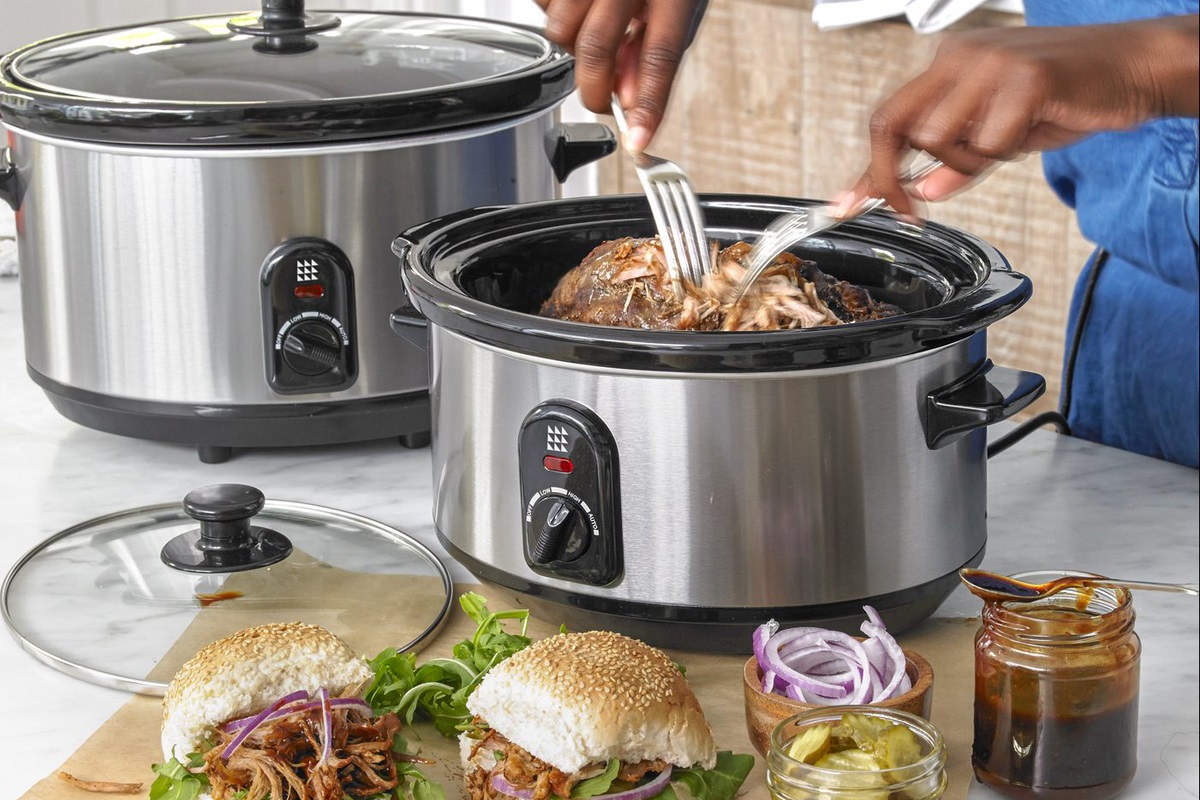
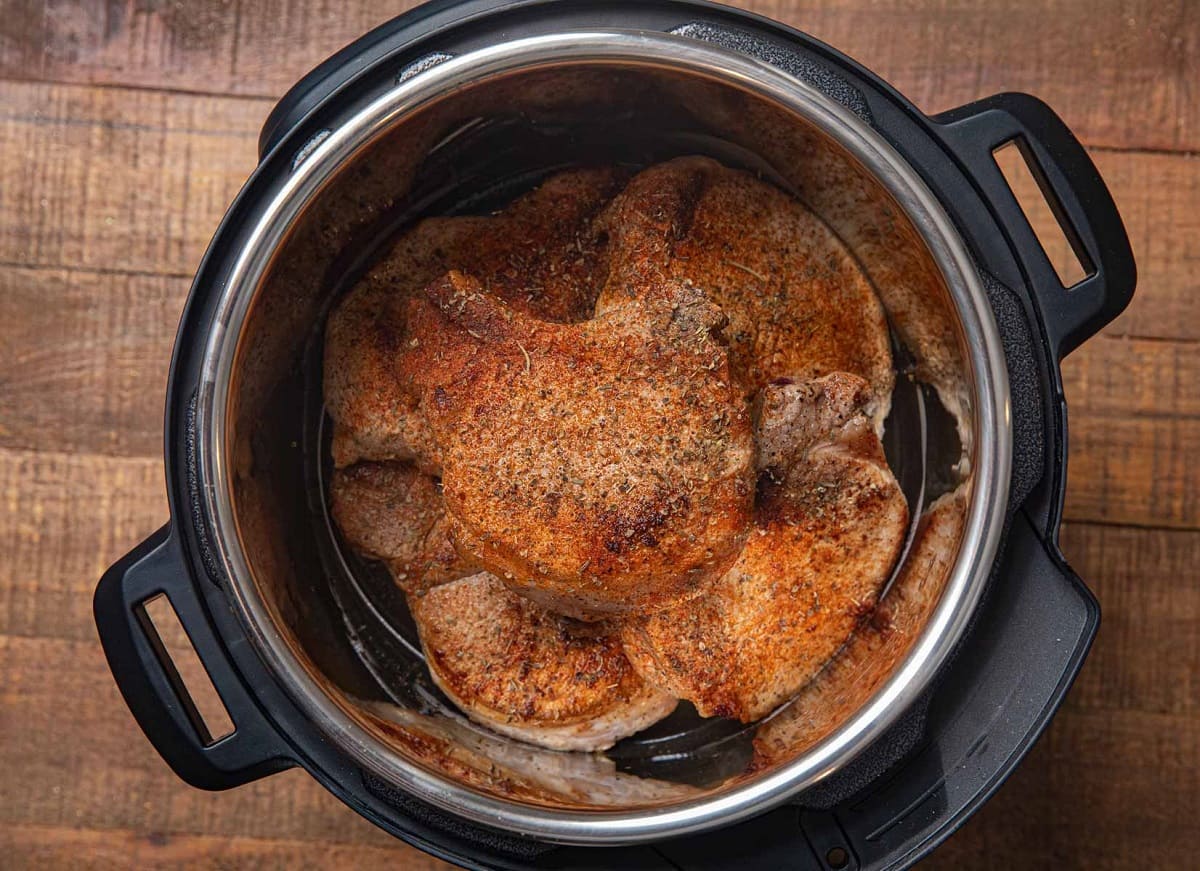
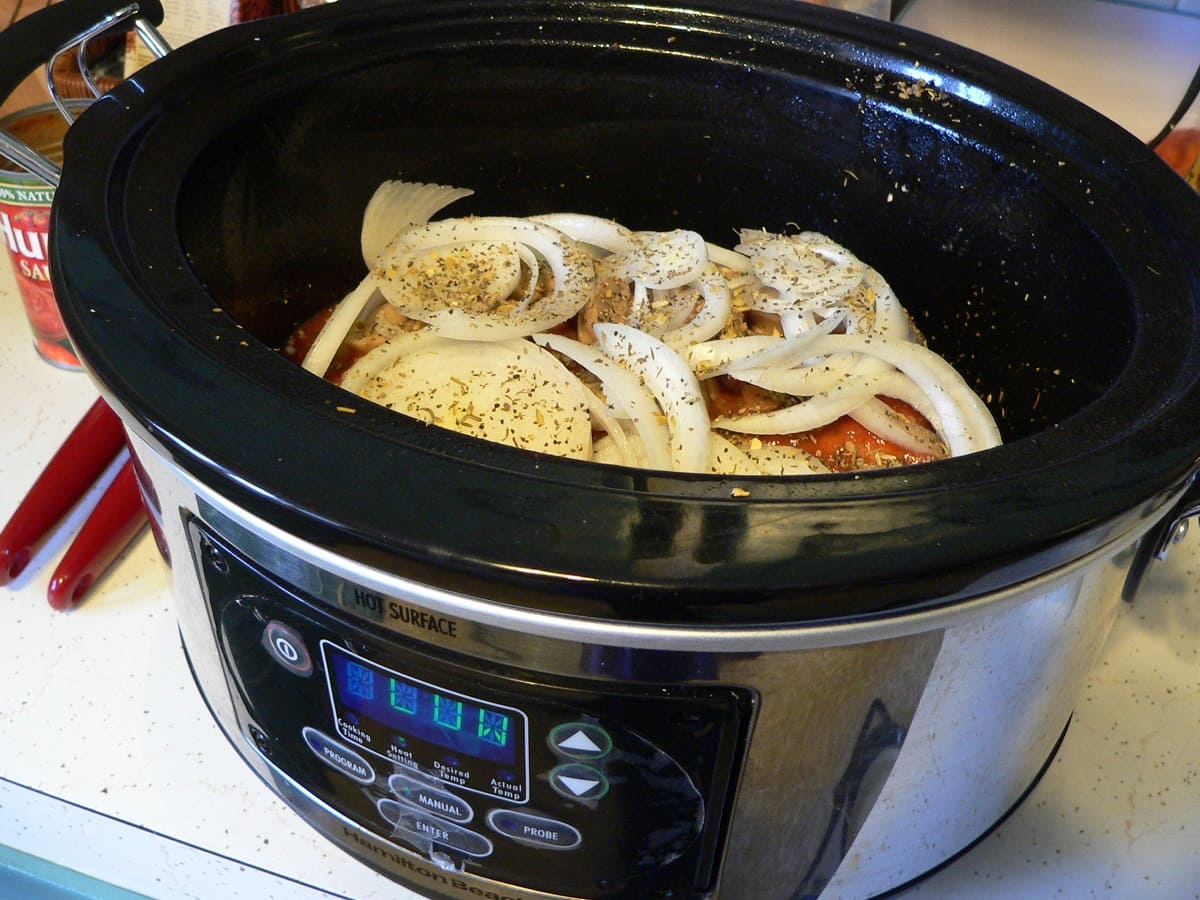

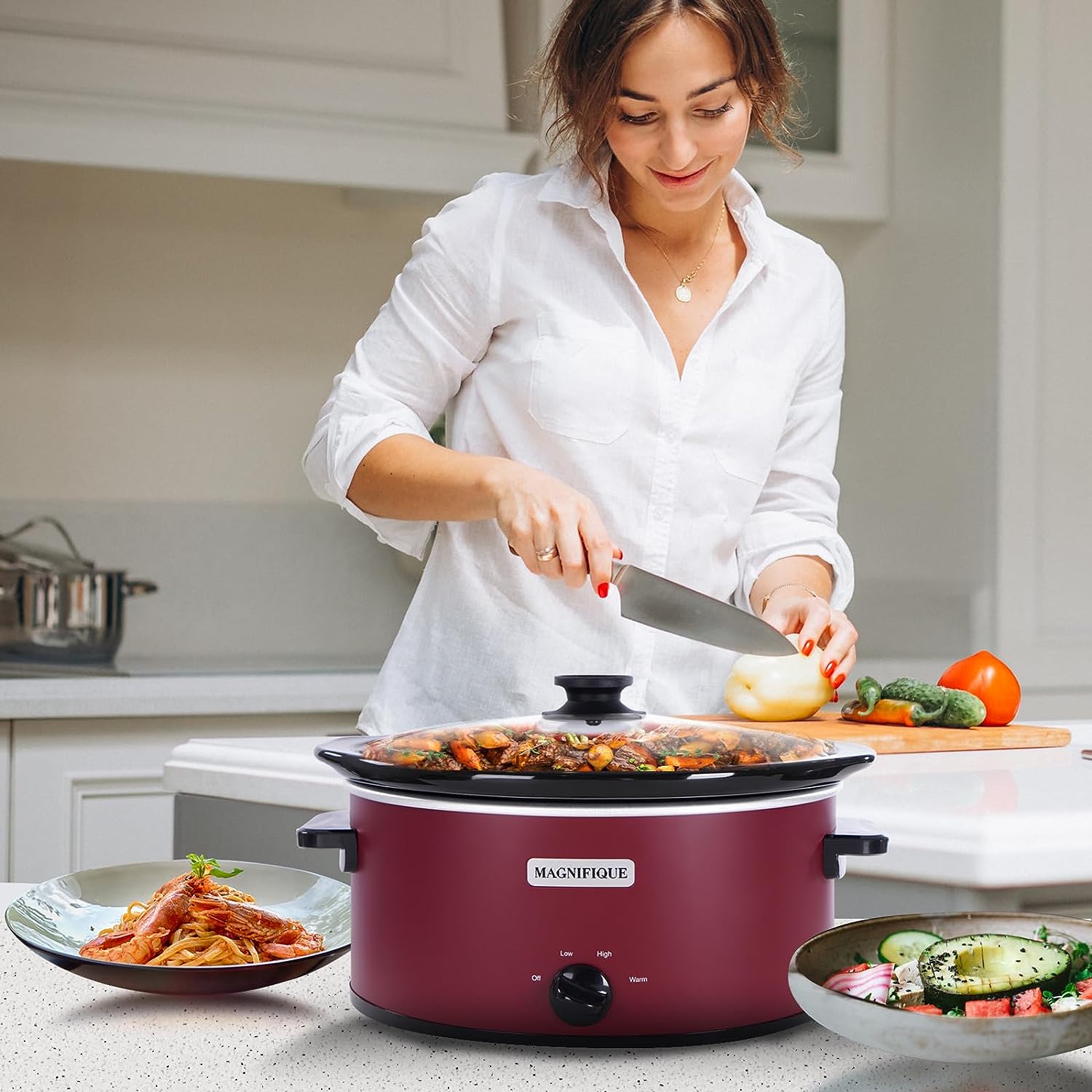
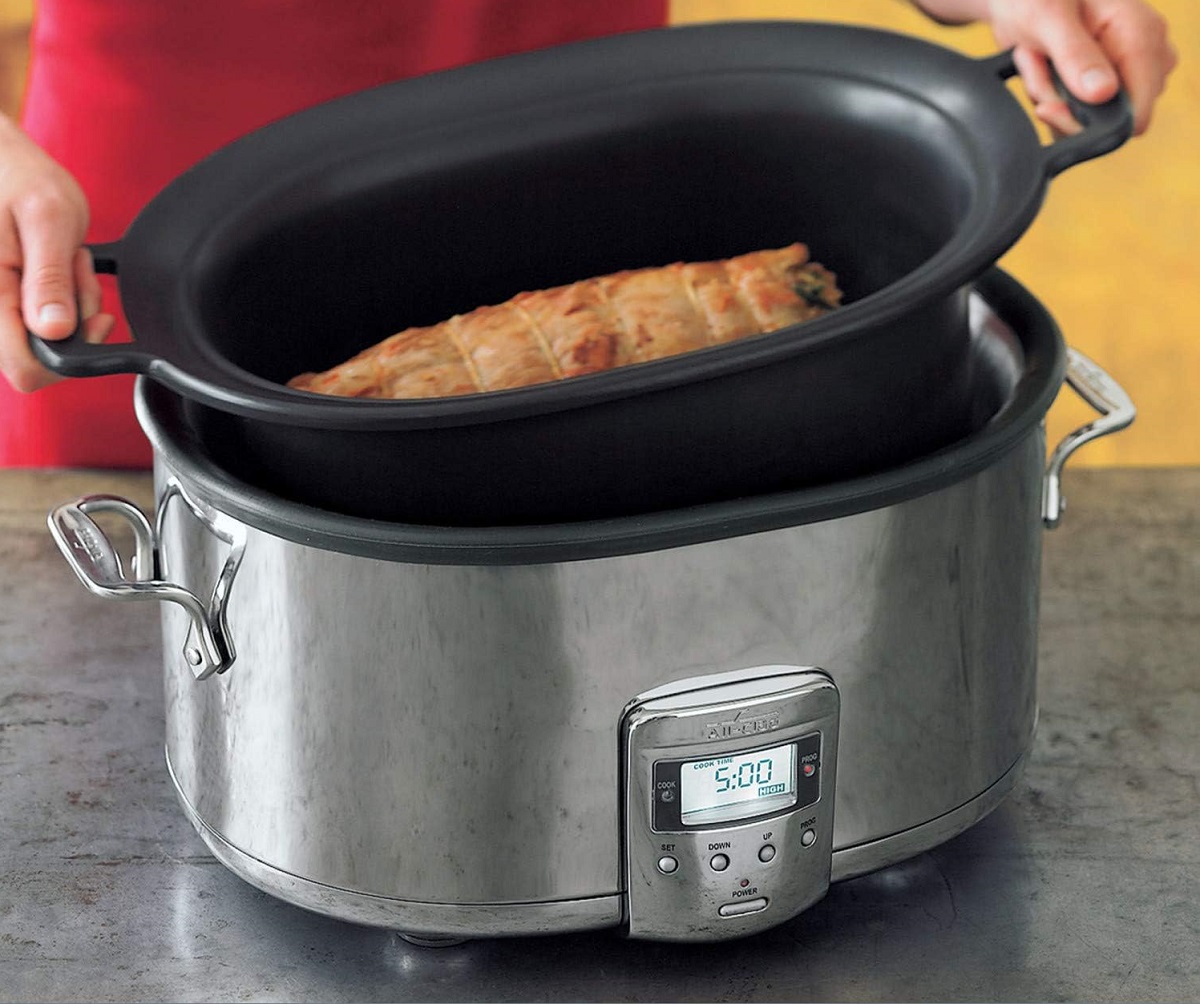

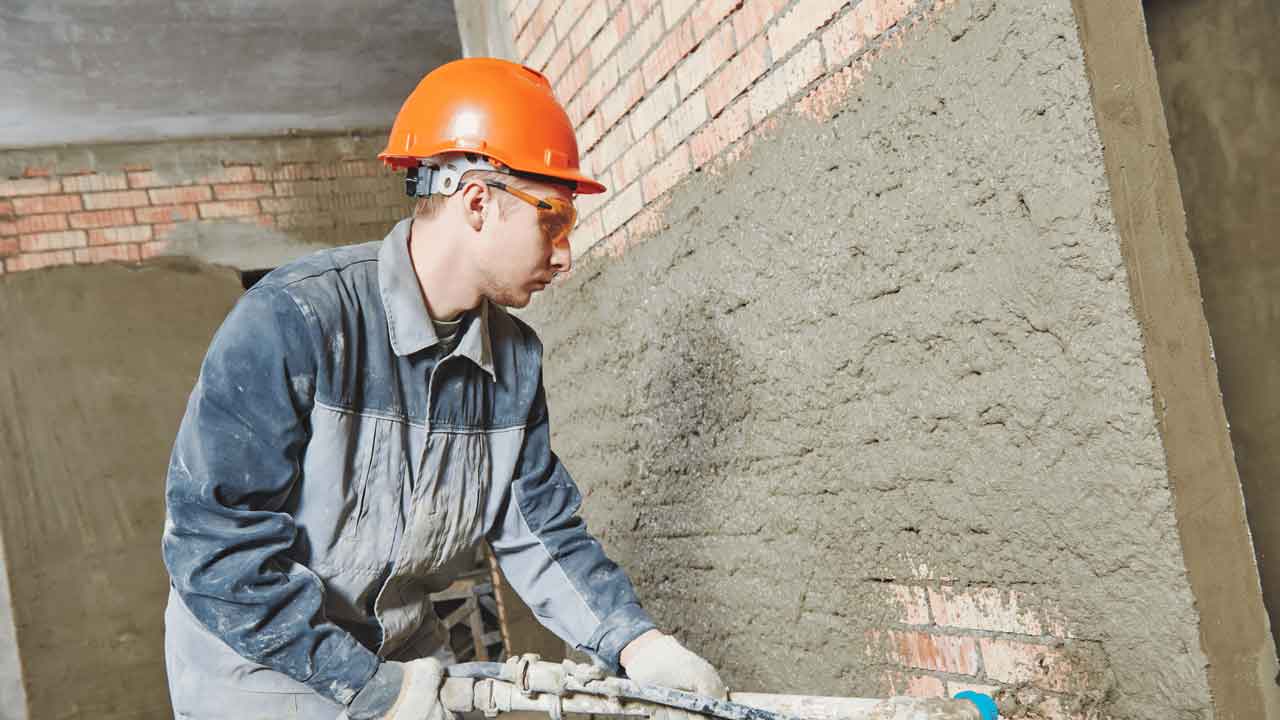

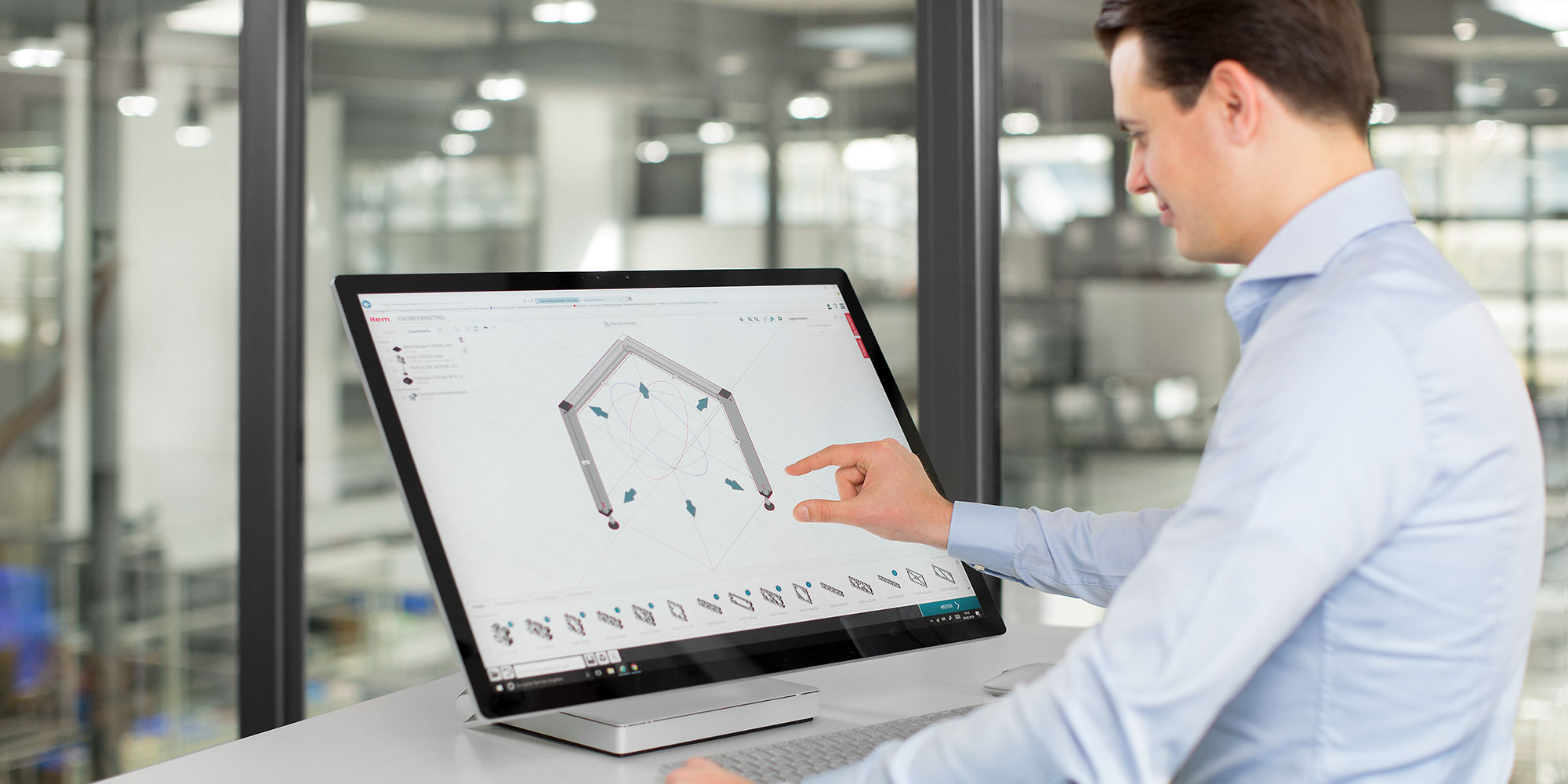
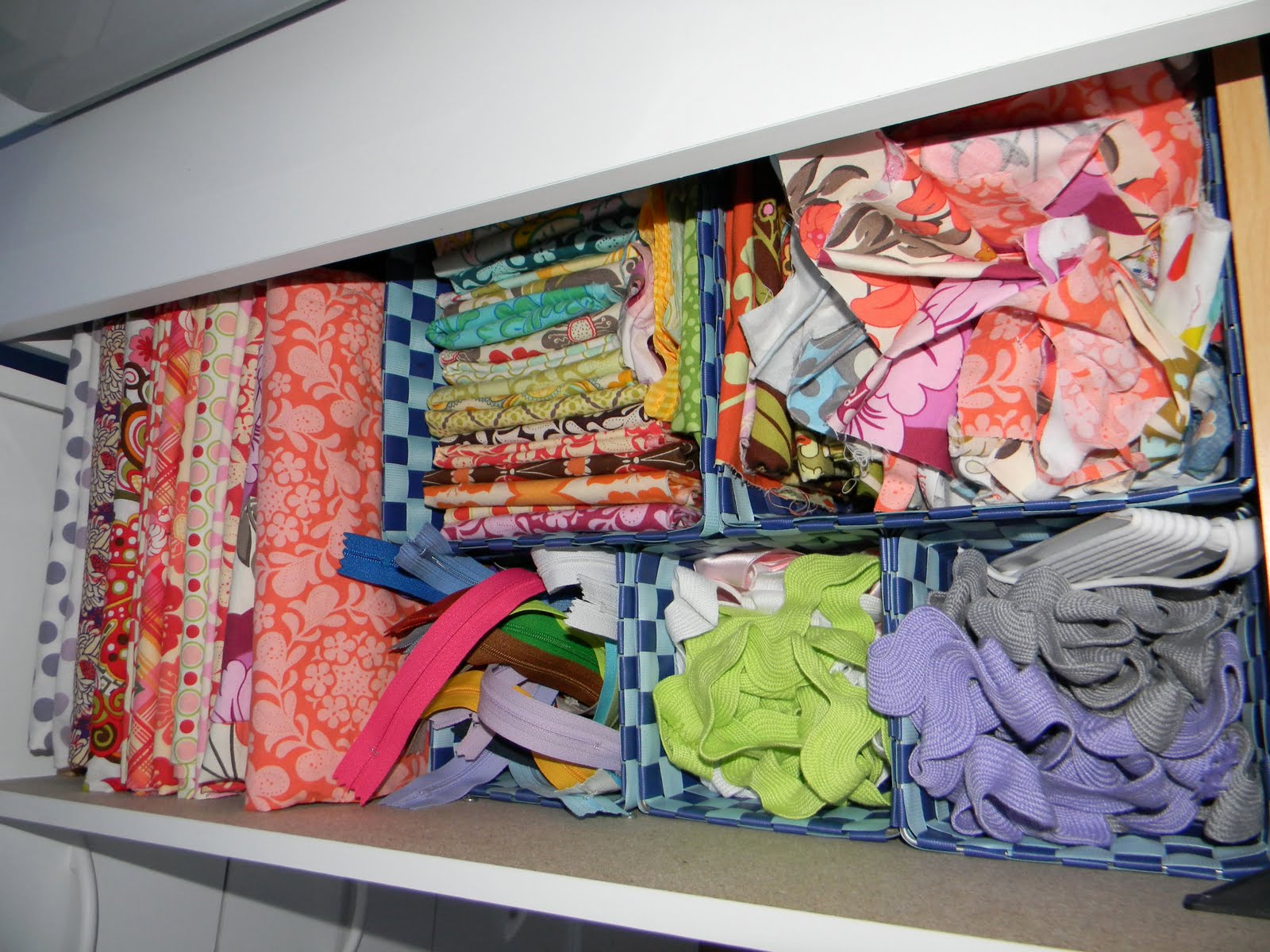
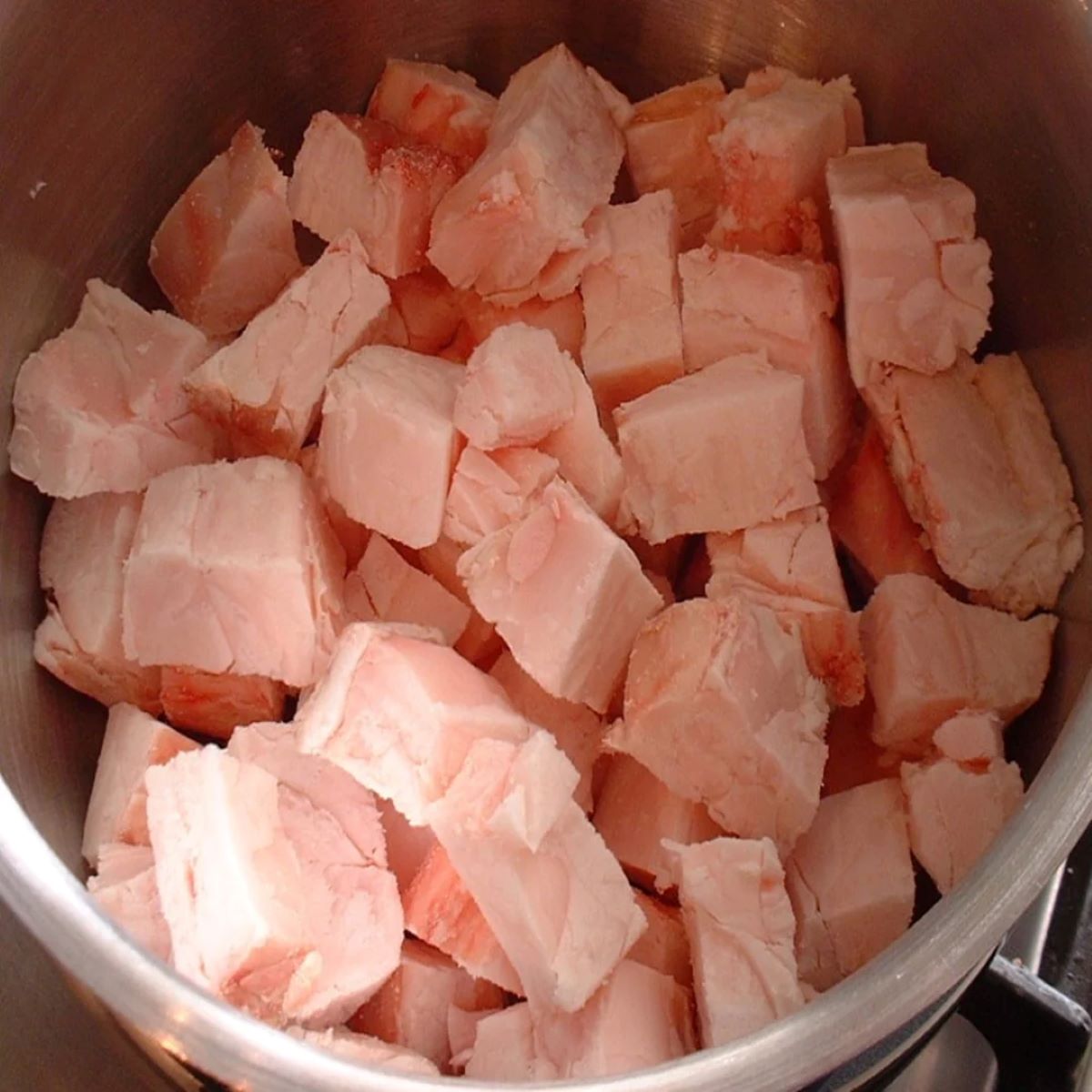

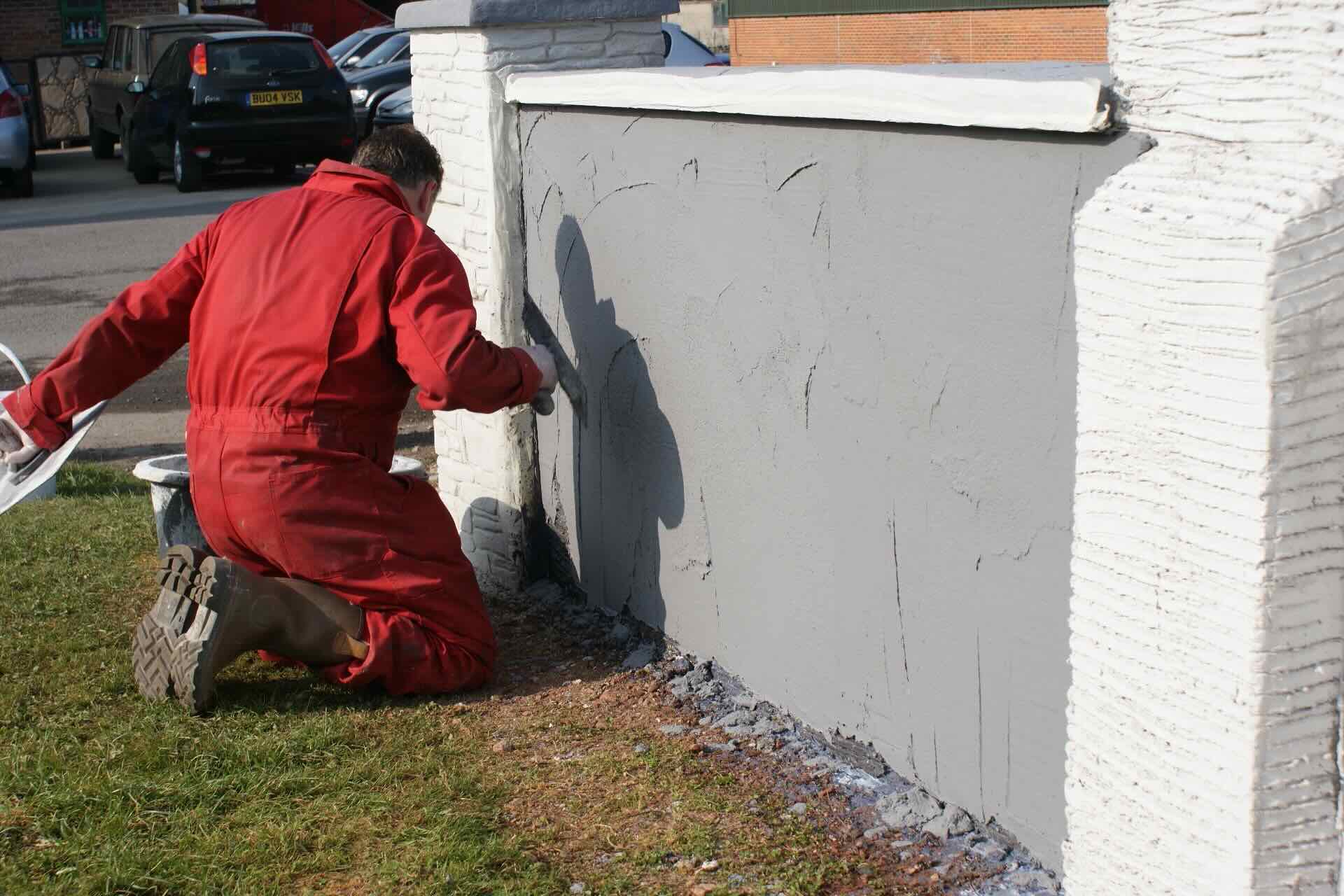

0 thoughts on “How To Render Pork Fat In A Slow Cooker”